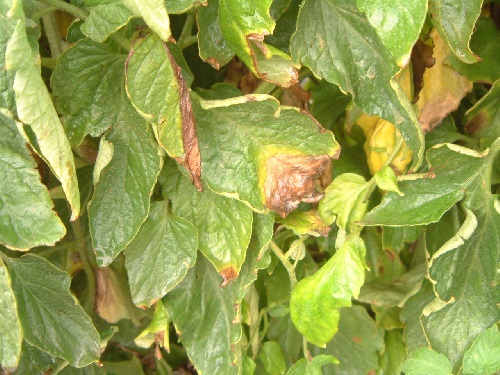Combating Navel Orangeworm: IPM Approaches to Reduce Pyrethroid Resistance
There is growing concern that overuse of pyrethroids is causing them to be less effective. It’s up to growers to make sure the spray tactics they’re using aren’t contributing to resistance.
Once orchards are properly sanitized by removing and destroying any mummy nuts from the previous year, you’ll want to start thinking about navel orangeworm (NOW) control for the coming season.
David Haviland, entomology farm advisor with University of California Cooperative Extension in Kern County, says the two most common questions growers ask regarding NOW management are, “How many insecticide sprays do I need?” and “When do I make those sprays?”
The answer isn’t cut-and-dried, unfortunately. Haviland suggests the following:
- How much to spray: Use pheromone traps to help determine how high-pressure your situation is. For example, are you catching 10 moths per week or 50 moths per night? It’s also important to consider previous damage in the orchard, the level of sanitation achieved and potential external sources of navel orangeworm, says Haviland. “Pest control advisors should also be monitoring nuts and monitoring the fields to see what sort of pressure there is,” he adds. “That really helps determine how many sprays you’re going to need.”
- When to spray: Timing depends on the pest control product you’re using. Some target eggs as they’re hatching, while others target adult pests. Growers should use degree days to determine the best time to spray based on the product’s target phase. Using the degree day models available on the UC integrated pest management program website, growers can determine the best time to apply an insecticide. The key is to use the safest product possible, only if necessary, at the most appropriate timing. “That’s really the goal,” says Haviland.
Read Part 1 to learn more about effective pyrethroid use to control navel orangeworm.










